Tibetan History
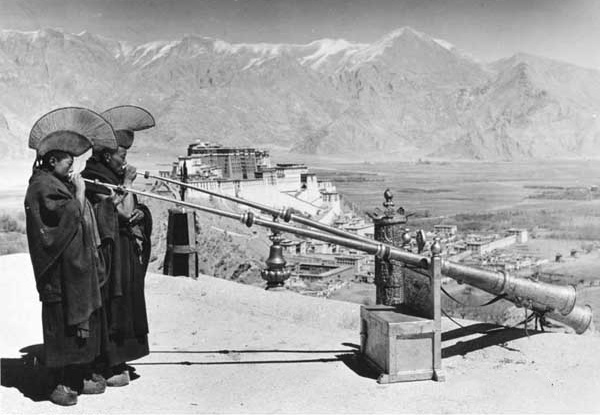
Tibetan history is particularly focused on the history of Buddhism in Tibet. This is due to the pivotal role this religion has played in the development of Tibetan, Mongolian, and Manchu cultures. Tibet was situated between the ancient civilizations of China and India. It is separated from the former by the extensive mountain ranges to the east of the Tibetan Plateau and from the latter two by the towering Himalayas of Nepal and India. Tibet is nicknamed "the roof of the world" or "the land of snows". The Tibetan language and its dialects are classified as members of the Tibeto-Burman language family.
Prehistory
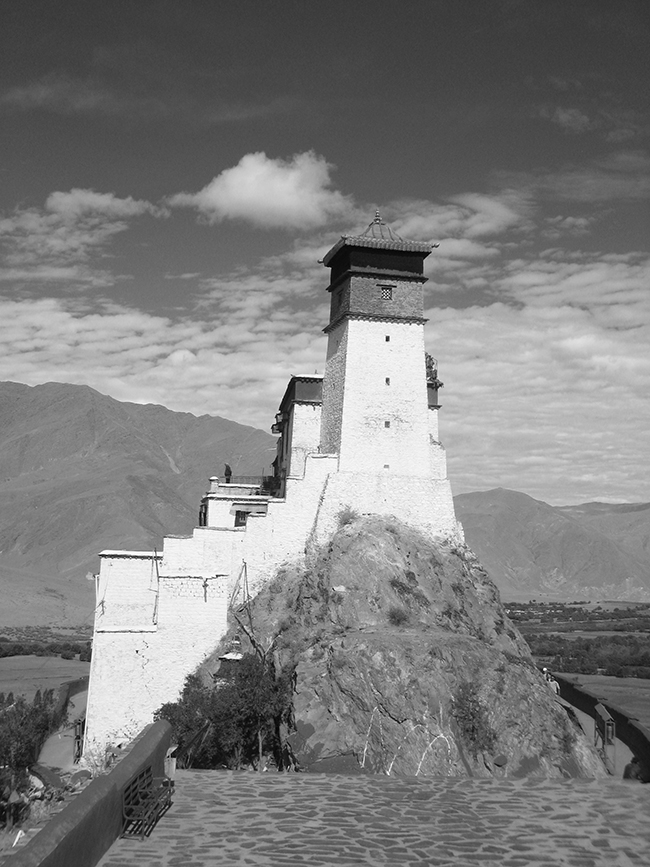
Some archaeological data suggests early man may have passed through Tibet at the time India was first inhabited, half a million years ago. Modern man first inhabited the Tibetan Plateau at least twenty one thousand years ago. There is a "partial genetic continuity between the Paleolithic inhabitants and the contemporary Tibetan populations". Megalithic monuments dot the Tibetan Plateau and may have been used in ancestor worship. It is unknown whether these monuments were built by ancient Tibetans. Prehistoric Iron Age hill forts and burial complexes have recently been found on the Tibetan plateau but the remote high altitude location makes archaeological research difficult.
Mythological origins
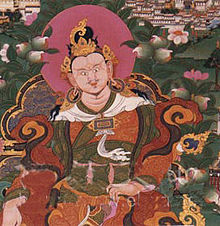
According to Namkhai Norbu, some Tibetan historical texts identify the Zhang Zhung culture as a people who migrated from the Amdo region into what is now the region of Guge in western Tibet. Zhang Zhung is considered to be the original home of the Bön religion. By the 1st century BC, a neighboring kingdom arose in the Yarlung Valley, and the Yarlung king, Drigum Tsenpo, attempted to remove the influence of the Zhang Zhung by expelling the Zhang's Bön priests from Yarlung. He was assassinated and Zhang Zhung continued its dominance of the region until it was annexed by Songtsen Gampo in the 7th century. The dates attributed to the first Tibetan king, Nyatri Tsenpo (Wylie: Gnya'-khri-btsan-po), vary. Some Tibetan texts give 126 BC, others 414 BC.Nyatri Tsenpo is said to have descended from a one-footed creature called the Theurang, having webbed fingers and a tongue so large it could cover his face. Due to his terrifying appearance he was feared in his native Puwo and exiled by the Bön to Tibet. There he was greeted as a fearsome being and he became king. The Tibetan kings were said to remain connected to the heavens via a dmu cord (dmu thag) so that, rather than dying, they ascended directly to heaven, when their sons achieved their majority. According to various accounts, king Drigum Tsenpo (Dri-gum-brtsan-po) either challenged his clan heads to a fight, or provoked his groom Longam (Lo-ngam) into a duel. During the fight the king's dmu cord was cut, and he was killed. Thereafter Drigum Tsenpo and subsequent kings left corpses and the Bön conducted funerary rites. In a later myth, first attested in the Maṇi bka' 'bum, the Tibetan people are the progeny of the union of the monkey Pha Trelgen Changchup Sempa and rock ogress Ma Drag Sinmo. But the monkey was a manifestation of the bodhisattva Chenresig, or Avalokiteśvara (Tib. Spyan-ras-gzigs) while the ogress in turn incarnated Chenresig's consort Dolma (Tib. 'Grol-ma).
Early history
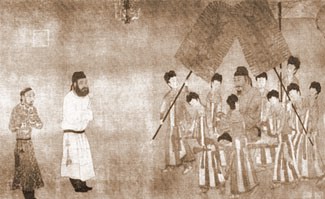
Beginning in the 7th century AD some historians referred to Tibet as Tubuo (吐蕃), though 4 distinct characters were used. The first externally confirmed contact with the Tibetan kingdom in recorded Tibetan history occurred when King Namri Löntsän (Gnam-ri-slon-rtsan) sent an ambassador to Mainland in the early 7th century.
Tibetan Empire
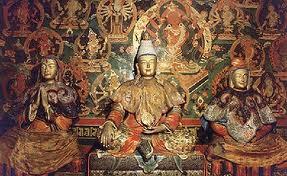
The power that became the Tibetan state originated when a group convinced Stag-bu snya-gzigs [Tagbu Nyazig] to rebel against Dgu-gri Zing-po-rje [Gudri Zingpoje], who was in turn a vassal of the Zhang-zhung empire under the Lig myi dynasty. The group prevailed against Zing-po-rje. At this point Namri Songtsen (Namri Löntsän) was the leader of a clan which prevailed over all his neighboring clans, one by one, and he gained control of all the area around what is now Lhasa by 630, when he was assassinated. This new-born regional state would later become known as the Tibetan Empire. The government of Namri Songtsen sent two embassies to Mainland in 608 and 609, marking the appearance of Tibet on the international scene. Traditional Tibetan history preserves a lengthy list of rulers whose exploits become subject to external verification in the Chinese histories by the 7th century. From the 7th to the 11th century a series of emperors ruled Tibet – see List of emperors of Tibet - of whom the three most important in later religious tradition were Songtsän Gampo, Trisong Detsen and Ralpacan, 'the three religious kings' (mes-dbon gsum), who were assimilated to the three protectors (rigs-gsum mgon-po), respectively Avalokiteśvara, Mañjuśrī and Vajrapāni. Throughout the centuries the power of the empire gradually increased over a diverse terrain so that by the reign of the emperor in the opening years of the 9th century, its influence extended as far south as Bengal and as far north as Mongolia. The varied terrain of the empire and the difficulty of transportation, coupled with the new ideas that came into the empire as a result of its expansion, helped to create stresses and power blocs that were often in competition with the ruler at the center of the empire. Thus, for example, adherents of the Bön religion and the supporters of the ancient noble families gradually came to find themselves in competition with the recently-introduced Buddhism.